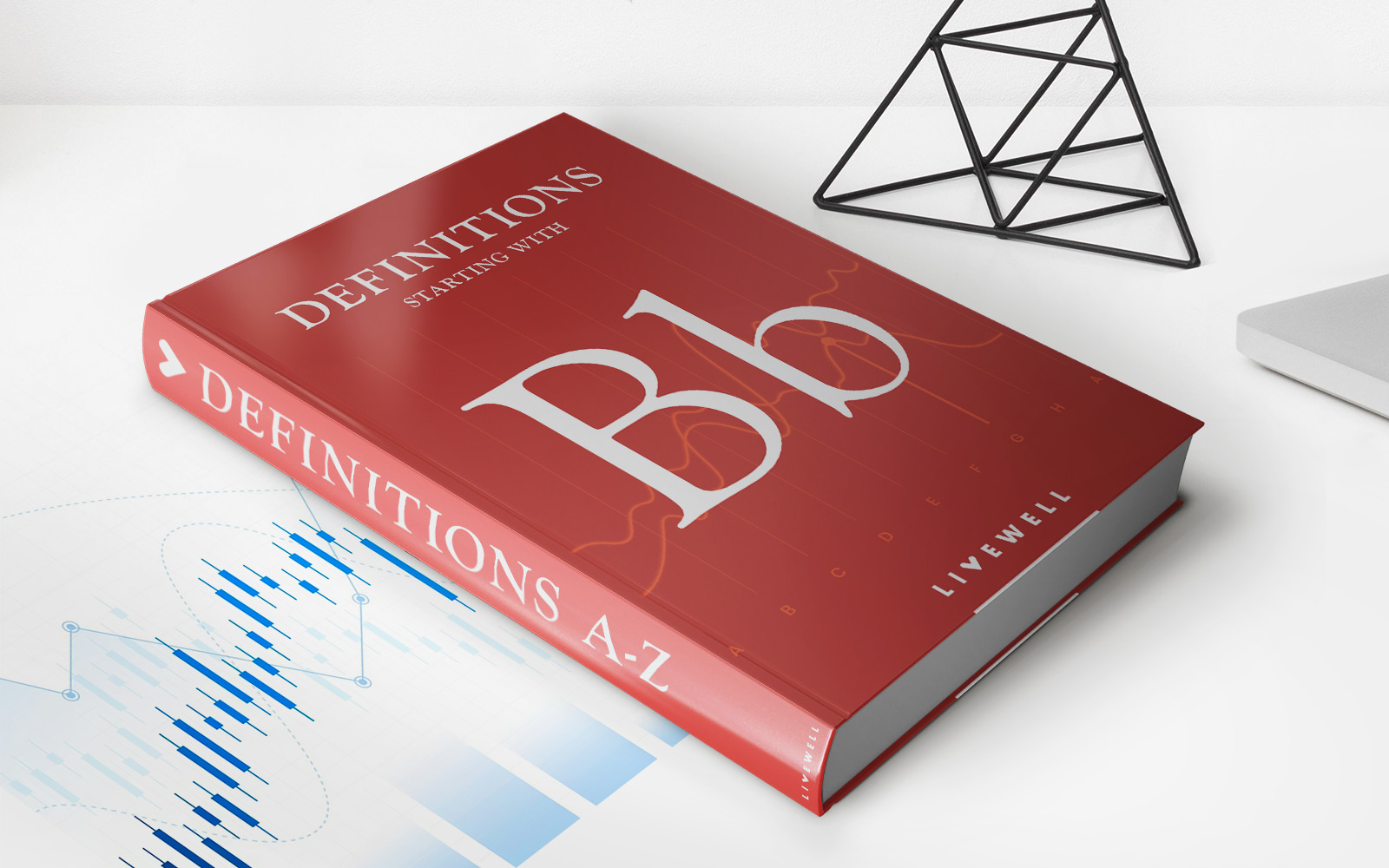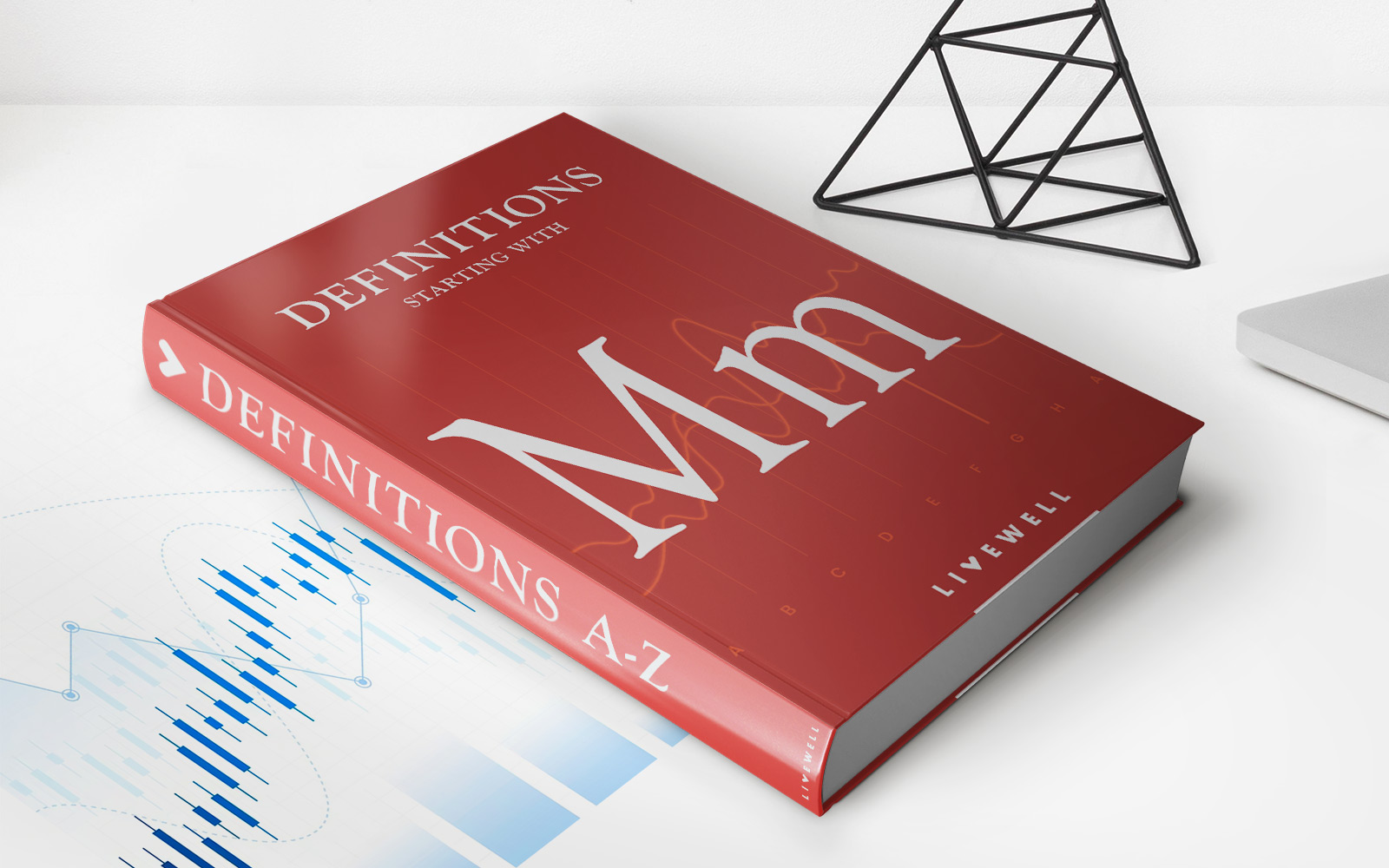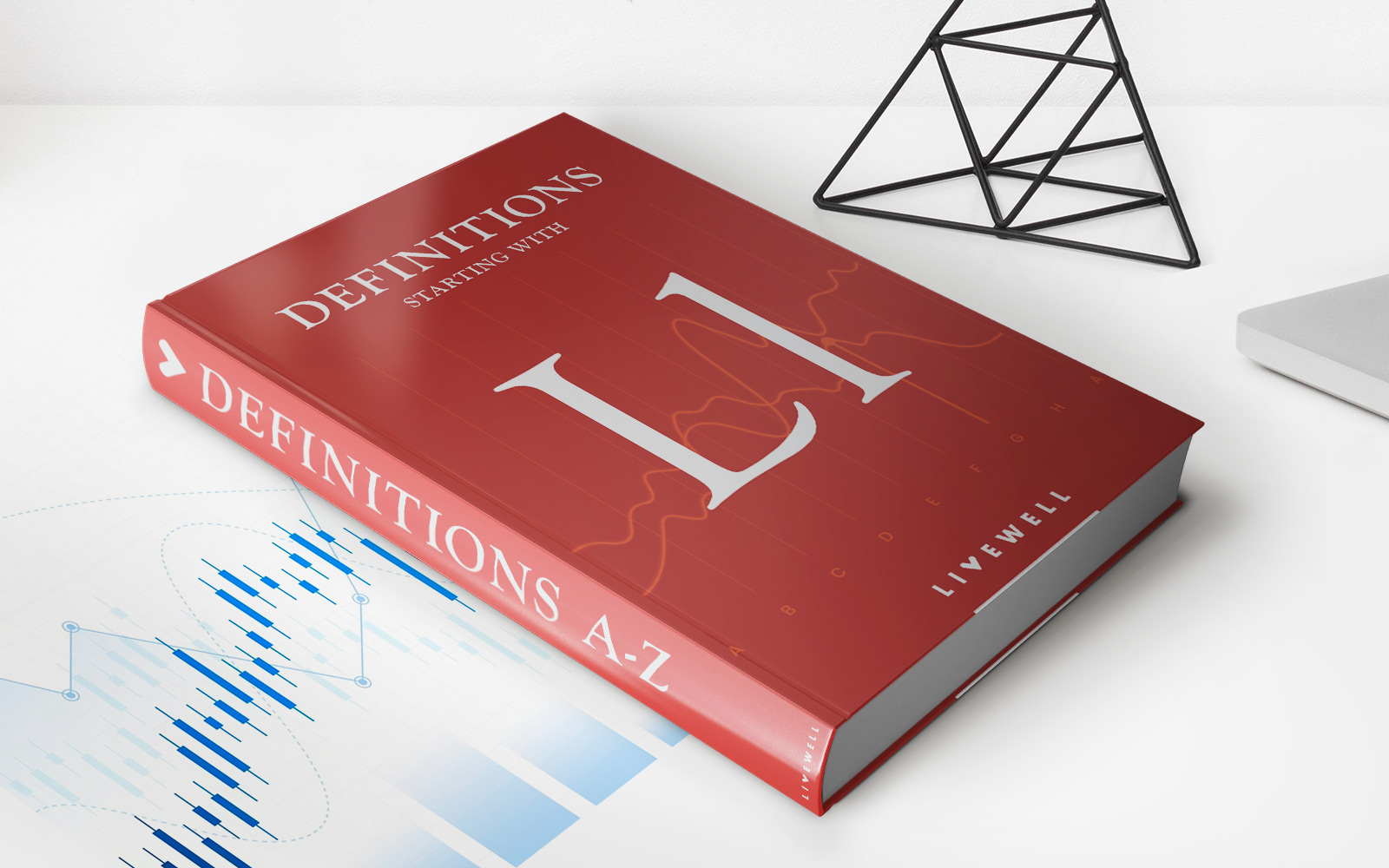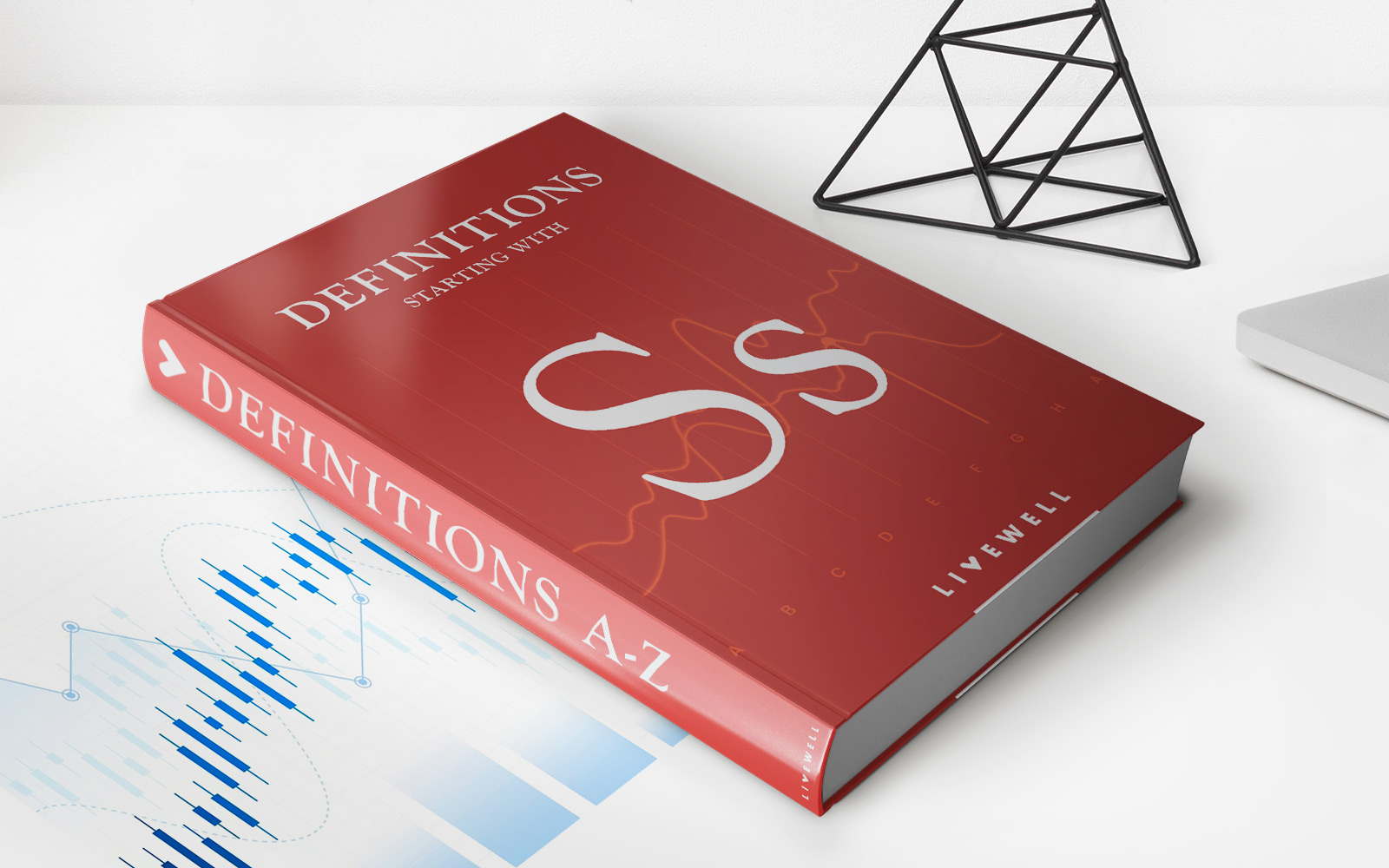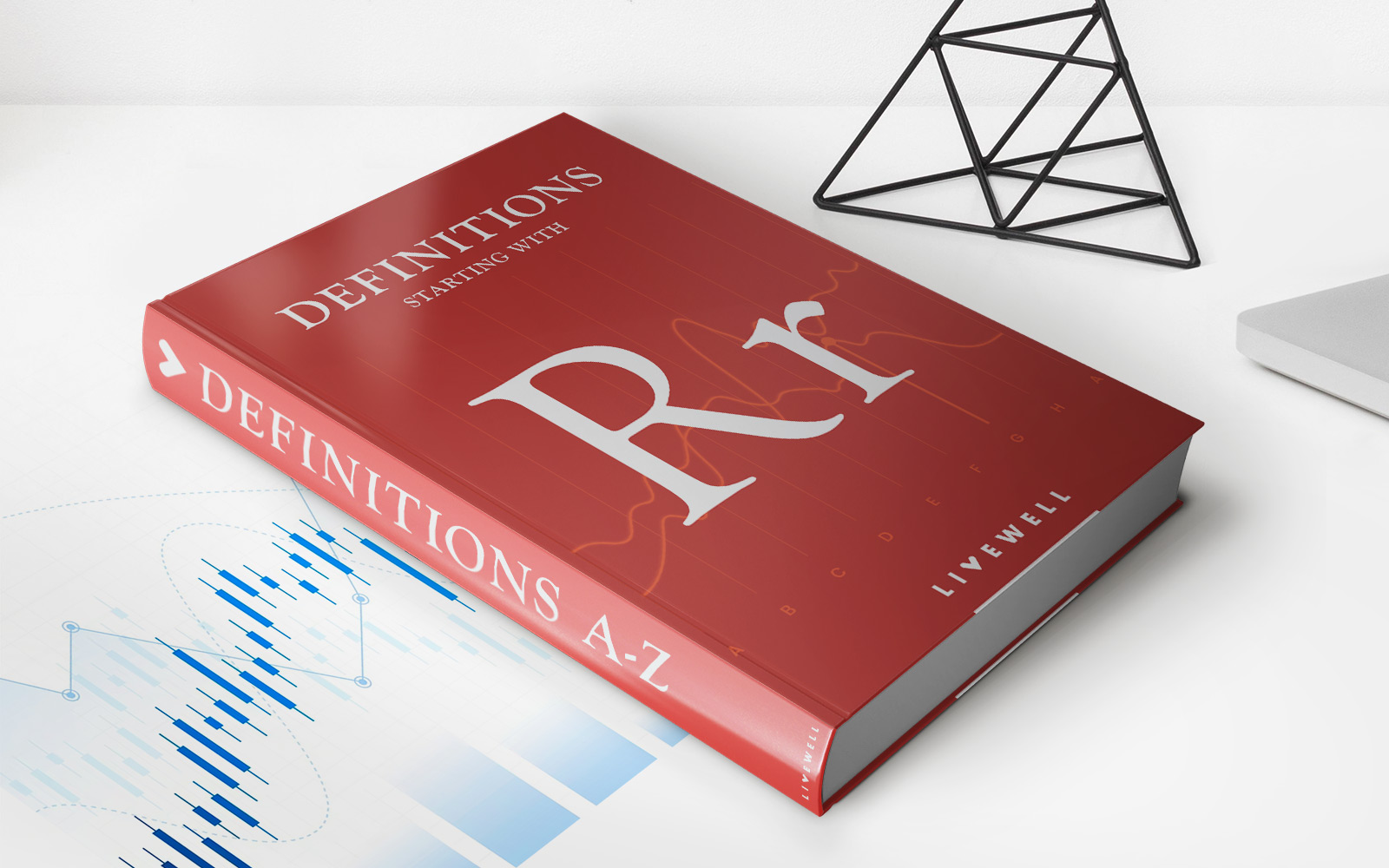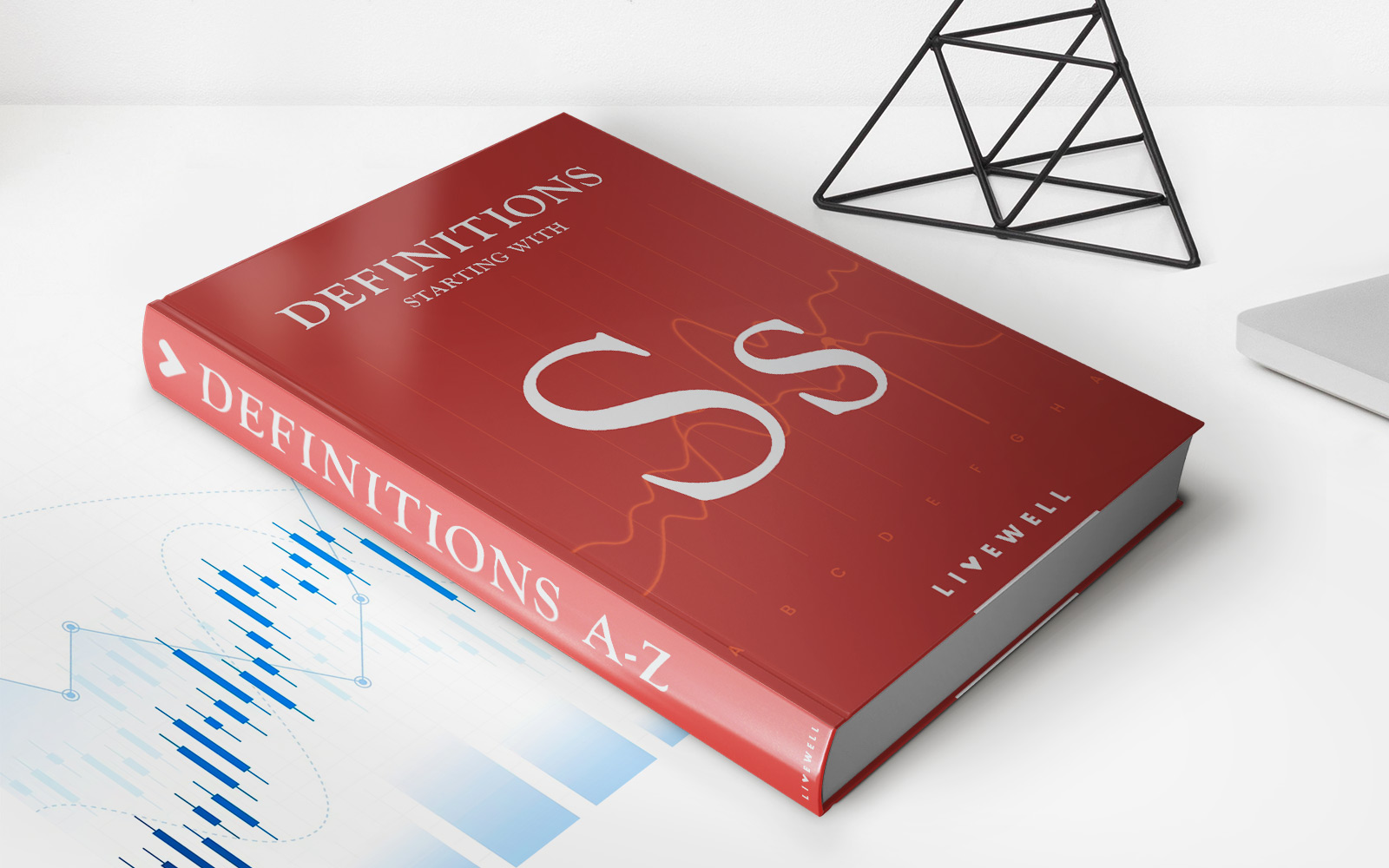Home>Finance>Convenience Fee: Definition, Examples, And How To Avoid Them
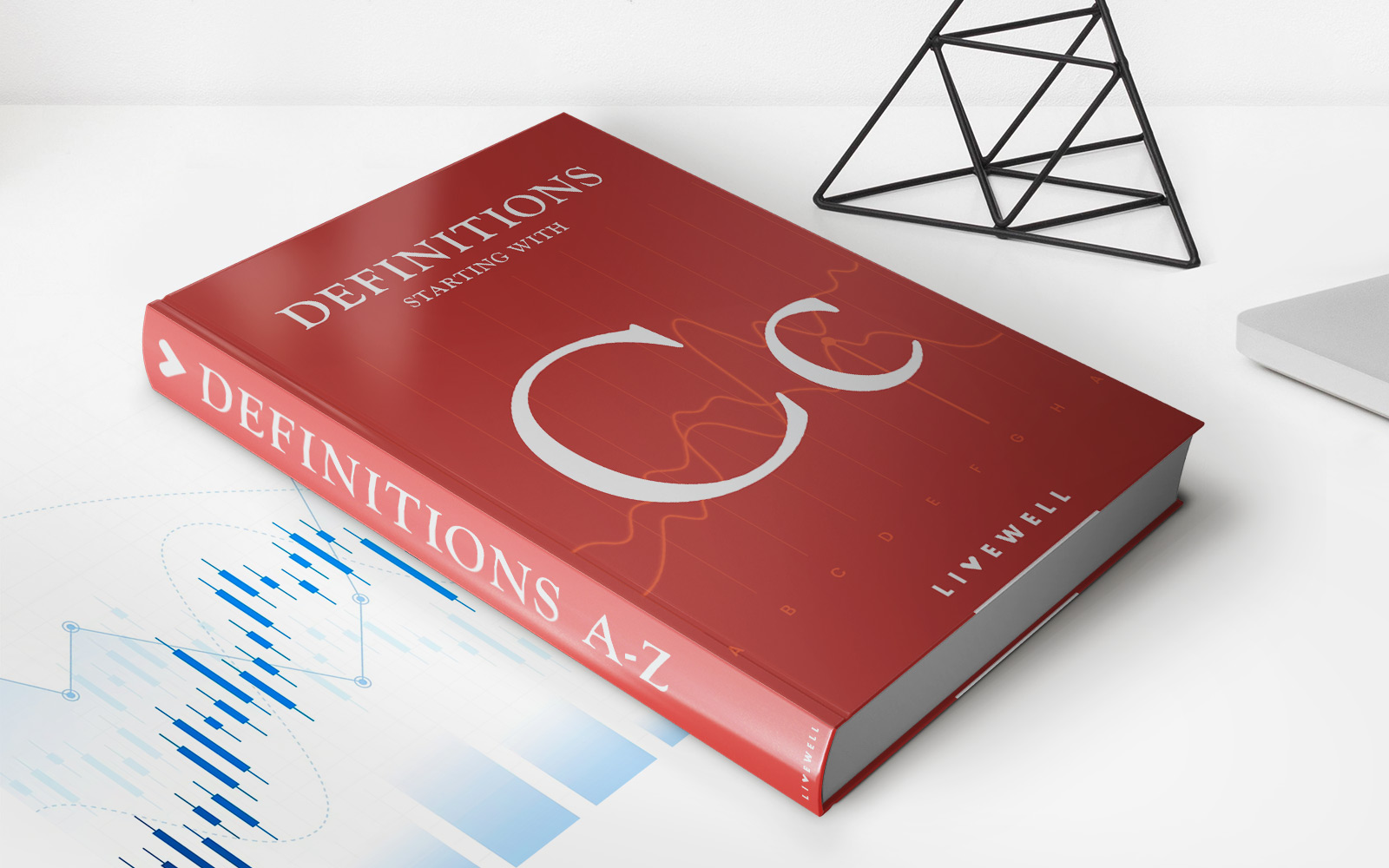

Finance
Convenience Fee: Definition, Examples, And How To Avoid Them
Published: November 2, 2023
Learn what convenience fees are in finance, see examples of how they can impact your transactions, and discover ways to avoid them and save money
(Many of the links in this article redirect to a specific reviewed product. Your purchase of these products through affiliate links helps to generate commission for LiveWell, at no extra cost. Learn more)
Understanding Convenience Fees: What Are They?
When it comes to managing your finances, it’s important to be aware of the various fees that can sometimes be associated with certain transactions. One such fee that you may encounter is the convenience fee. In this article, we’ll take a closer look at what convenience fees are, provide examples of when they might be charged, and share some useful tips on how to avoid them.
Key Takeaways:
- A convenience fee is an extra charge imposed for the convenience of a particular service or transaction.
- Convenience fees can be encountered in various situations, such as ticket purchases, online payments, and credit card processing.
Examples of Convenience Fees
Convenience fees can be found in a wide range of transactions, and they are typically intended to cover the cost of providing a particular service or added convenience. Here are a few common examples:
- Online Ticket Purchases: Have you ever purchased tickets to a concert or a sporting event online? Chances are, you may have come across a convenience fee. This fee is usually applied to cover the costs associated with processing and delivering the tickets to you electronically.
- Online Payments: Many online platforms and service providers charge a convenience fee when you choose to make a payment via credit card or other electronic means. This fee is often imposed to cover the additional processing costs involved in accepting electronic payments.
- Credit Card Processing: If you’ve ever used your credit card to pay for goods or services at a convenience store or gas station, you may have noticed a convenience fee being added to your total bill. This fee is typically associated with the convenience of being able to use a credit card instead of cash.
How to Avoid Convenience Fees
While convenience fees may seem unavoidable, there are actually a few strategies you can employ to minimize or avoid them altogether:
- Shop Around: Before making a purchase or payment, compare different providers or platforms to see if there are any that don’t charge a convenience fee. With some research, you may find alternatives that offer similar services without the additional charge.
- Consider Alternative Payment Methods: If a convenience fee is imposed on credit card payments, consider using alternative payment methods such as debit cards, cash, or direct bank transfers. These methods often do not carry additional charges.
- Plan Ahead: In some cases, convenience fees can be avoided by planning ahead and purchasing tickets or making payments in person or through alternative channels where the fee does not apply. This may involve visiting a box office or paying with cash instead of using an online platform.
By being aware of convenience fees and taking proactive steps to minimize or avoid them, you can help save money and better manage your finances.
Remember, it’s always important to read the fine print and understand any fees associated with your transactions. By staying informed, you can make more informed decisions and keep more money in your pocket!

